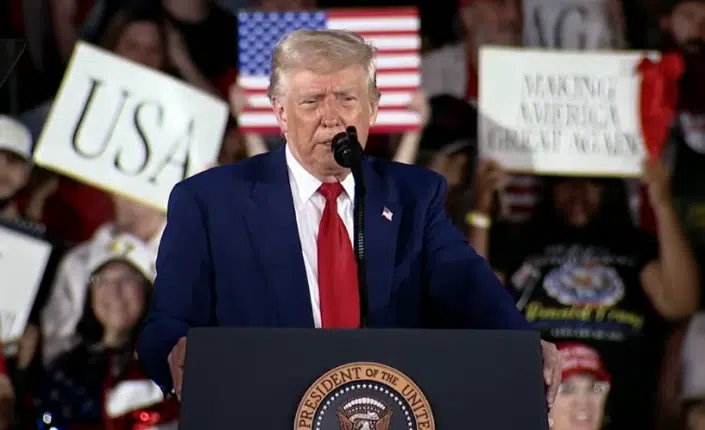As nationwide protests and occasional riots continue in response to the murder and manslaughter of George Floyd by former Minneapolis police officer Derek Chauvin, states reopen and the amount of testing continues to increase, some states are experiencing an increase in the number of daily confirmed cases of COVID-19.
States currently seeing upticks in daily new confirmed cases since the death of Floyd on May 25 include Arizona, Arkansas, California, Florida, Mississippi, New Mexico, North Carolina, Oregon, South Carolina, Texas, Utah, and Washington, or almost 25 percent of all states.
That is to say, that while almost every state is entering various stages of reopening, only about a quarter of them are seeing a significant increases in cases. The rest have either a somewhat steady rate or continue to see a declining number of cases.
So too are protests occurring in states across the country. Many states like Minnesota, Illinois and Pennsylvania that saw large protests are still seeing the number of cases decline daily. Other states, like New York and New Jersey, which were the hardest hit, continue to see cases decline overall, but because they were the hardest hit, had the most testing devoted to it in the first place. Additionally, in New York City, an 8 p.m. curfew was established to curb rioting.
And mass production of testing for COVID-19 continues to roll out nationwide.
So, what’s going on? Are we experiencing a resurgence or another outbreak of the pandemic associated with reopening and/or the large gathering protests? Is testing still catching up to the true rate of infection in many states?
Certainly there are likely a combination of factors, but a prominent one still appears to be testing. For example, in Texas, the Texas Tribune reports that prisoners with reported infections has increased from 2,500 to 6,900 in the two weeks as prisons began reporting testing.
In other words, the more tests you do, the more infected patients you will find, but that does not necessarily mean the true number of cases is still rising. But it does mean we still need better surveillance.
In addition, if seasonality plays any role — a recent study from the Netherlands awaiting peer review suggests that increased pollen helps explain seasonality for both the flu and coronaviruses including COVID-19 where cases drop off during the summer months — then we may be seeing a bit of a respite this summer even with states reopening, protests continuing and the presidential political convention season upon us.
That means between now and September, what is most urgently needed are rapid test kits that can be utilized in areas with the most concern: schools, nursing homes and elderly communities. Schools because kids are known incubators for infection to the general population, and the elderly because they are known to be the most vulnerable to flu and pneumonia-like illnesses including COVID-19.
Overall, three months ago, the push by the Trump administration and state governors to flatten the curve was to prevent such a rapid rise in COVID-19 cases that hospitals and the health care system would not be overwhelmed. Thankfully, the response undertaken prevented a catastrophe, even as the system was strained. It was bent, but not broken.
Now, to keep the curve down, and what will give both individuals and businesses the most confidence to reopen, will be a demonstrated ability to do thorough testing at critical gathering points including schools and that stages of reopening do not see a sustained rise in the number of daily new cases.
Confidence is the key to any economic recovery from the pandemic closures.
As states are reopening, and with the ongoing protests, plus the continued increase in testing, an uptick in cases is not unexpected. We need to know if we have a reopening problem, a protest problem or perhaps no problem at all. It is probably too soon to tell what the trajectory of the virus will be this summer.
In the meantime, if Congress is going to devote funds to anything, it should be for enough testing for the nation to secure the most problematic areas including schools, hospitals and nursing homes, to get through until we have access to a reliable vaccine for the virus. That remains the most urgent priority.
Robert Romano is the Vice President of Public Policy at Americans for Limited Government.







